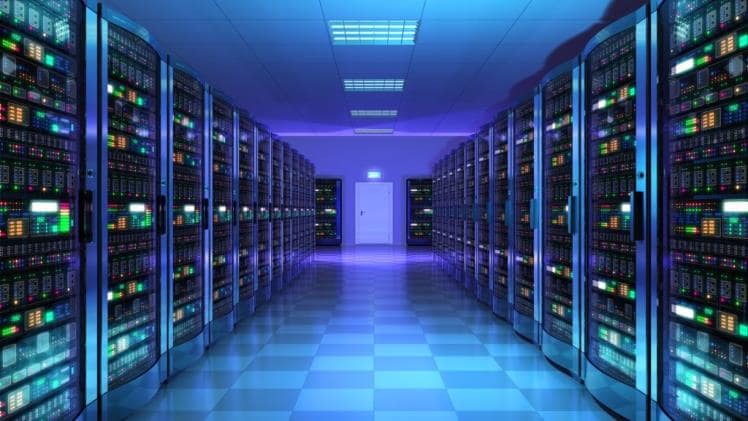There are many reasons to run a DLL file. Firstly, these files are shared libraries that contain code and instructions for many programs to use at the same time. Secondly, they save space in your computer because they can be used by several programs simultaneously. Here are a few of them. If you’re looking for an easy way to install DLL files on your system, read this article.
DLL
If you’ve ever installed a program that asks you to run a dll-files.org, you’ll know that this file contains a collection of instructions and data that the application needs to function. Windows cannot run these files directly, nor can you simply double-click them to run them. To run these files, you need to use a third-party application that can compile and run them.
EXE
DLL files are small executable files that are part of an application’s code. Like EXE files, these files do not run directly, but rather call upon other programs. However, DLLs do have some advantages over EXE files. They can be reused in multiple programs, allowing for greater efficiency and reduced file sizes. Here are some of the benefits of DLL files. Read on to learn more.
DLL main
You may have heard of the DLL (or dynamic link library) file. In development circles, it is a common acronym for a single compiled C library. Without DLLs, applications would not run correctly, and you may experience errors when you try to run an application. For example, if you were using MP3 Player software and there was a missing component, you’d experience problems. DLL files are designed to work with applications and are similar to EXE files.
Resource DLL
Why do you need to run Resource DLL? It’s one of the most common types of DLL files, and your computer can become seriously unstable without them. But what exactly does a Resource DLL do? What can go wrong with it? Let’s look at some examples. First, you need to rename the resource file you’re about to import. You can’t simply copy and paste an existing BMP file – you have to rename it in the Resource script file.
Modular architecture
A DLL file is a code module that contains functions that implement the “Open” dialog box. The DLL file’s modular architecture is a major benefit. It promotes code reuse and efficient memory usage. Moreover, it supports the concept of “modular architecture,” which breaks down the software package into logical blocks. As such, DLLs are the foundation for the modular architecture. To learn more about this important technology, continue reading!
EXE upgrade
Many times, a program will fail to run because it requires a DLL file. When this happens, you may have to download and install the DLL file again. In addition to this, the DLL file may have gone missing. Occasionally, this may have been the result of errant applications or updates that attempted to replace it. Sometimes, bad sectors in the hard disk can cause this file to go missing. In either case, it is important to run the DLL file for the program that you’re trying to run.
DLL registrations
To register a DLL file, you will need administrator privileges to do so. To register a single file, you need to access the command line with administrative privileges and enter the path and name of the DLL file. Be patient as the process will take some time. This procedure is necessary to run your DLL file. In most cases, you should save it in a temporary location.
Conclusion
This method works with many applications and does not display the file name in the Recycle Bin. It also suppresses the error dialog and sends the files silently to the Recycle Bin. This method is also recommended for large files. While it is a bit more complex, it is still the best way to handle large files. Once you know the correct method, you can safely delete these files from your computer.

